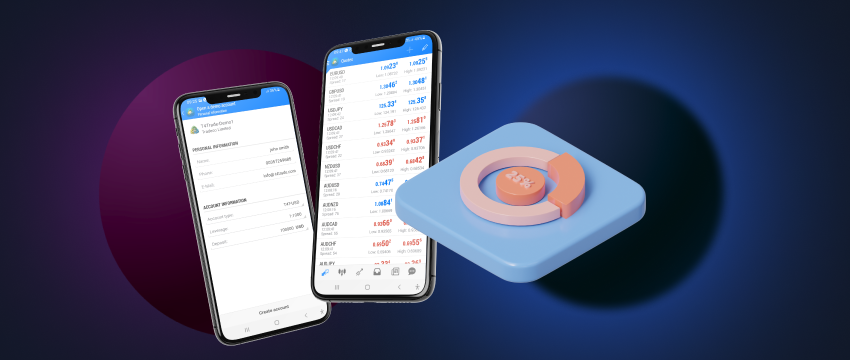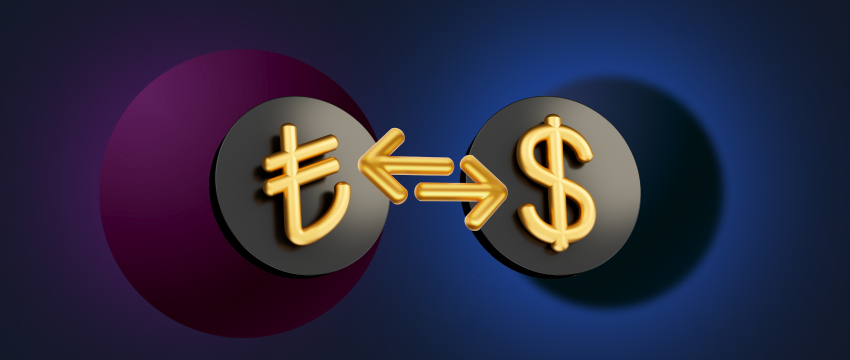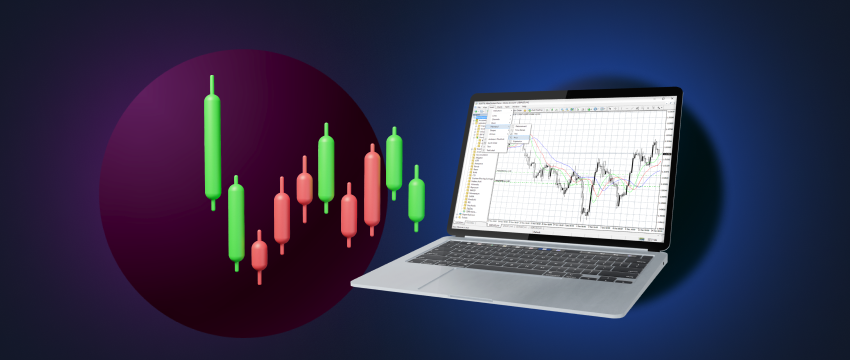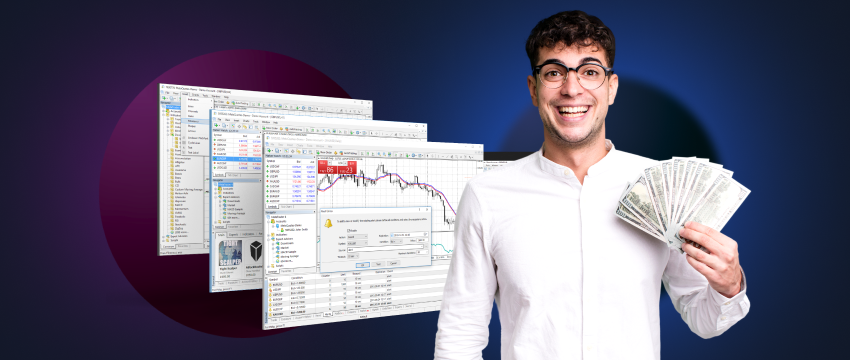A first-time trader can be differentiated from an experienced one by considering various factors beyond the fundamentals of trading. While understanding the basics is crucial, other elements, such as “leverage” and “margin,” can significantly influence your trading strategy.
To improve the risk-return ratio of your investments, leverage and margin trading could be good choices. In both cases, a large trading position can be opened with a small initial investment that would otherwise be necessary. With the right moves, your trading could potentially become more successful. Losses, however, are also part of the trading journey.
These terms may appear confusing at first, but when you become familiar with how they work and what they mean, you may make better trading decisions. Read on to learn about margin and leverage in forex trading.
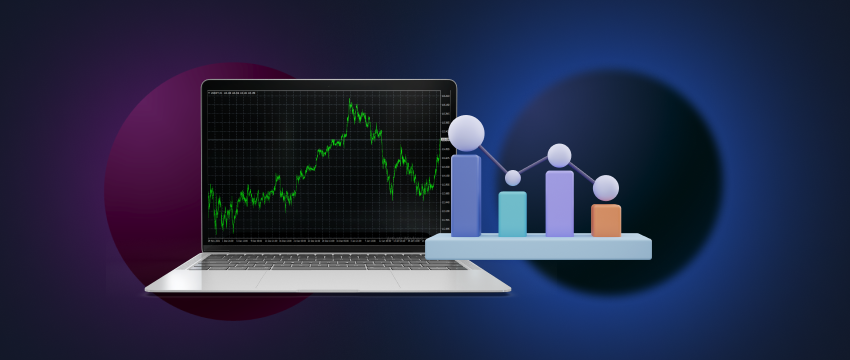
The idea behind margin & leverage
Many people who wish to invest in stock or forex trading do so because they believe there is a great chance of generating revenue in situations where they need more initial capital than they already have.
In these situations, they choose to take out a loan from a broker or another organization to raise more money for their investment.
In exchange, the broker requests an assurance from the borrower that, should the trade go against them, they will repay the borrowed amount plus interest.
Leverage is a trading power that is developed through the practice of margin, which is the total amount invested by an individual including the collateral provided. The main purpose of margin is to generate high leverage, which can increase both profits and losses.
Even though these trading terms initially appear to be similar, there are a few ways to distinguish them when comparing the concepts.
Understanding leverage
Leverage, in general, refers to making the most out of something. The meaning is similar in the financial sector, where traders borrow money and use leverage to potentially maximize their profits. In other words, leverage makes it possible to take a small sum of money and raise its worth in the financial markets. This implies that as your capital grows, so does the risk that it will be lost.
In other words, using leverage in trading allows you to start with a position that is far larger than the initial investment. For instance, you may be able to increase the size of your position by 5, 10, 20, or even 33 times the initial investment.
Instead of owning the underlying assets, traders speculate on market and asset price movements in the hope of potentially generating revenue. By using leverage, you can open a larger position by putting down a smaller deposit compared to the trade size, with your broker providing the majority of the capital.
Leverage-based stock trading, for instance, involves starting a trade with a brokerage and borrowing, subject to the leverage ratio, the majority of the position’s value. No matter how much leverage you use, you won’t be charged for it.
For instance, you could deposit $200 to open a position worth $1000 on Tesla stock. Initially, your broker would fund the remaining $800, allowing you to initiate a position that is five times larger than your initial investment.

Understanding margin
The actual difference between the total value of the securities held in an account with a margin and the sum of money requested from a broker to execute a trade is known as the margin.
The process of using borrowed funds from a broker is known as margin trading.
In simple words, the money you’ll need to open a position is known as margin, and the amount of this deposit multiplied by leverage represents leverage. Although the phrases are frequently used interchangeably to refer to the act of taking on more risk than your capital would otherwise allow, they have different meanings.
Consider the margin to be the funds transferred to a new brokerage account. Leverage trading is permitted by the broker because of the deposit you make with them, which can be used to compensate for losses from trading in your account.
When you hold assets like stocks, bonds, and forex in addition to margin, and when you have profits or losses on open positions, the calculation of margin becomes a little bit difficult. Those positions may be viewed by your forex broker as collateral and factored into the calculations of your total margin amount. Margin is the value that a broker assigns to the assets you have in the account you have with them, regardless of the specific terms and conditions.
Margin vs leverage: key differences
The terms “margin” and “leverage” refer to the same idea but from slightly different perspectives.
- When trading in multiple contexts, like forex or equity, the primary distinction between leverage and margin trading is that leverage signifies the extent of purchasing power available for debt repayment.
- Another significant distinction between leverage and margin trading is that, although both involve investing, margin trading involves borrowing money from a broker that must be repaid with interest using the collateral included in the margin account.
Under these conditions, the borrowed funds serve as collateral, enabling the borrower to make larger trades.
When comparing margin vs. leverage, it’s crucial to keep in mind that, despite their obvious similarities, leverage can also be created through strategies unrelated to margin accounts.
One of the first things to recognize is the differences between them, specifically in terms of purchasing power. Your purchasing power is increased by leverage, and depending on your collateral, margin enables you to get the funds. Can a leveraged trade be made without margin, then? Since margin and leverage are interchangeable, you can create leverage with the help of a margin account. On the other hand, trading without a margin means that you are unable to borrow money from your broker to open positions.
Margin or leverage?
In the context of comparing margin and leverage, this is among the frequently asked questions. It’s important to know how to use both even though they both let you get the money you need to potentially grow your portfolio. In forex trading, leverage and margin are useful instruments, but how you use them is also important.
Finally, it has been demonstrated that cautious leverage practices applied over extended periods can reduce losses when differentiating between margin and leverage. In contrast, in markets with high liquidity, short-term margin investments offer high and respectable returns.
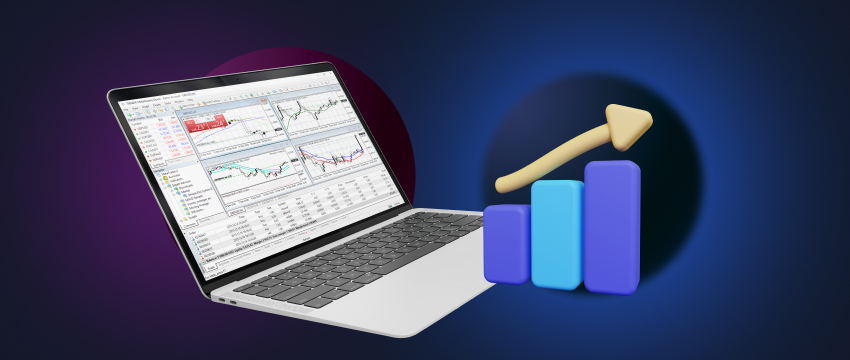
Final thoughts
Margin accounts are used by several experienced traders in the forex market as a source of leverage. Nevertheless, novice traders should be careful when employing leverage strategies until they have a solid understanding of how the market operates. However, it can be challenging to understand the differences between margin and leverage, their applications, and the limitations that come with using them.
Disclaimer: This material is for general informational and educational purposes only and should not be considered investment advice or an investment recommendation. T4Trade is not responsible for any data provided by third parties referenced or hyperlinked in this communication.
